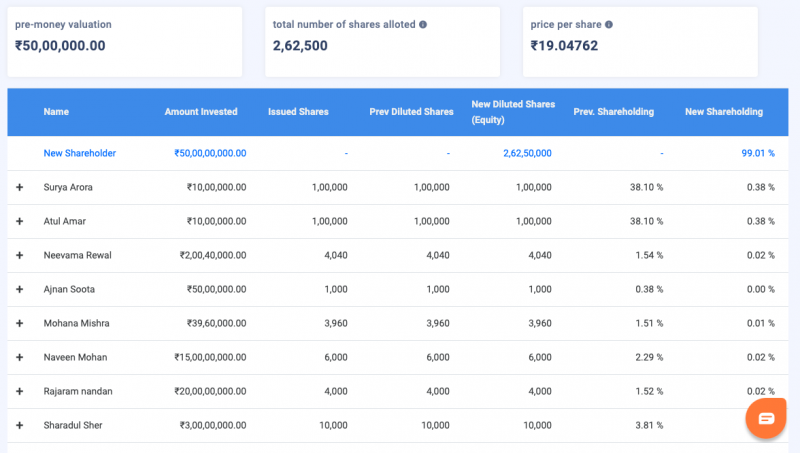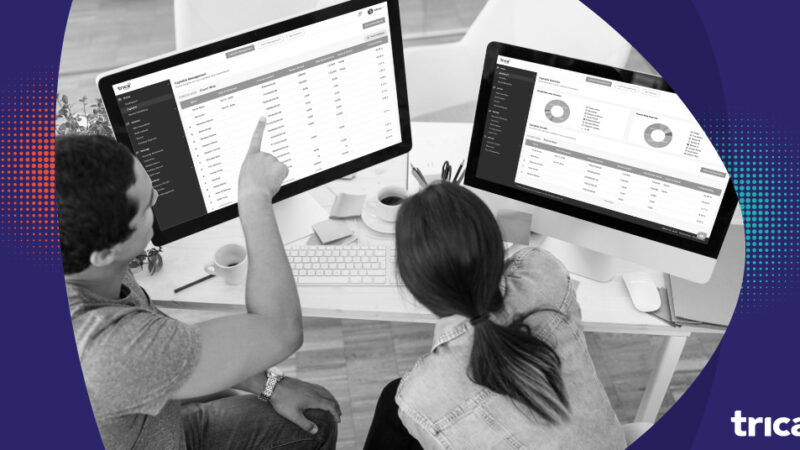
What is Scenario Modeling?
While the cap table is the most important part of a growing company, it is not always completely transparent. As a result, there are instances where you, as a CXO, might want to have a clear insight into how certain fundraising or exit round will impact shareholders and the valuation of your company. This is when scenario modelling comes into play.
Why is Scenario Modeling important?
Assume that your latest fundraising round went great, you received an over-commitment from investors, and you have had an incredible amount of term sheets.
How will you determine the ones that will be most beneficial for you? Even with just a choice of a few term sheets, selecting the right one might be an overwhelming decision. And with different amounts and terms, it can be hard to know which one is the best choice for you and your business.
Actually, it was hard to know. But, with trica equity’s scenario modeling tools – round and exit modeling, you can now determine the exact impact of a financing round on your company seamlessly and effortlessly. Click a few buttons, and you will have your results. Here’s how:
Schedule a demo now. It’s Free!
Round and Exit Modeling on trica equity
Round and Exit Modeling on trica equity provides insights into how the cap table will look post-fundraise or after a liquidation event. You have to input the amount you are raising and the pre-money valuation. You also have the option to convert all the convertible securities and top-up your ESOP pool before performing the modeling action. Next, click on ‘Show me the final cap table’. You will now be shown the new version of the captable. Here you will find the detailed shareholding information, along with post-money valuation, the number of allotted shares, and the price per share. The changes from the last version of the captable are shown in blue to facilitate a deeper understanding of the overall economic impact of the round.

You will also be able to see the more granular details for every investor, including discounted valuations for converted securities, interest rate, and TDS calculation, amongst others. Considering every factor, an investor is allotted the right number of shares automatically by the system.

ESOP & CAP Table
Management simplified
Get started for free





